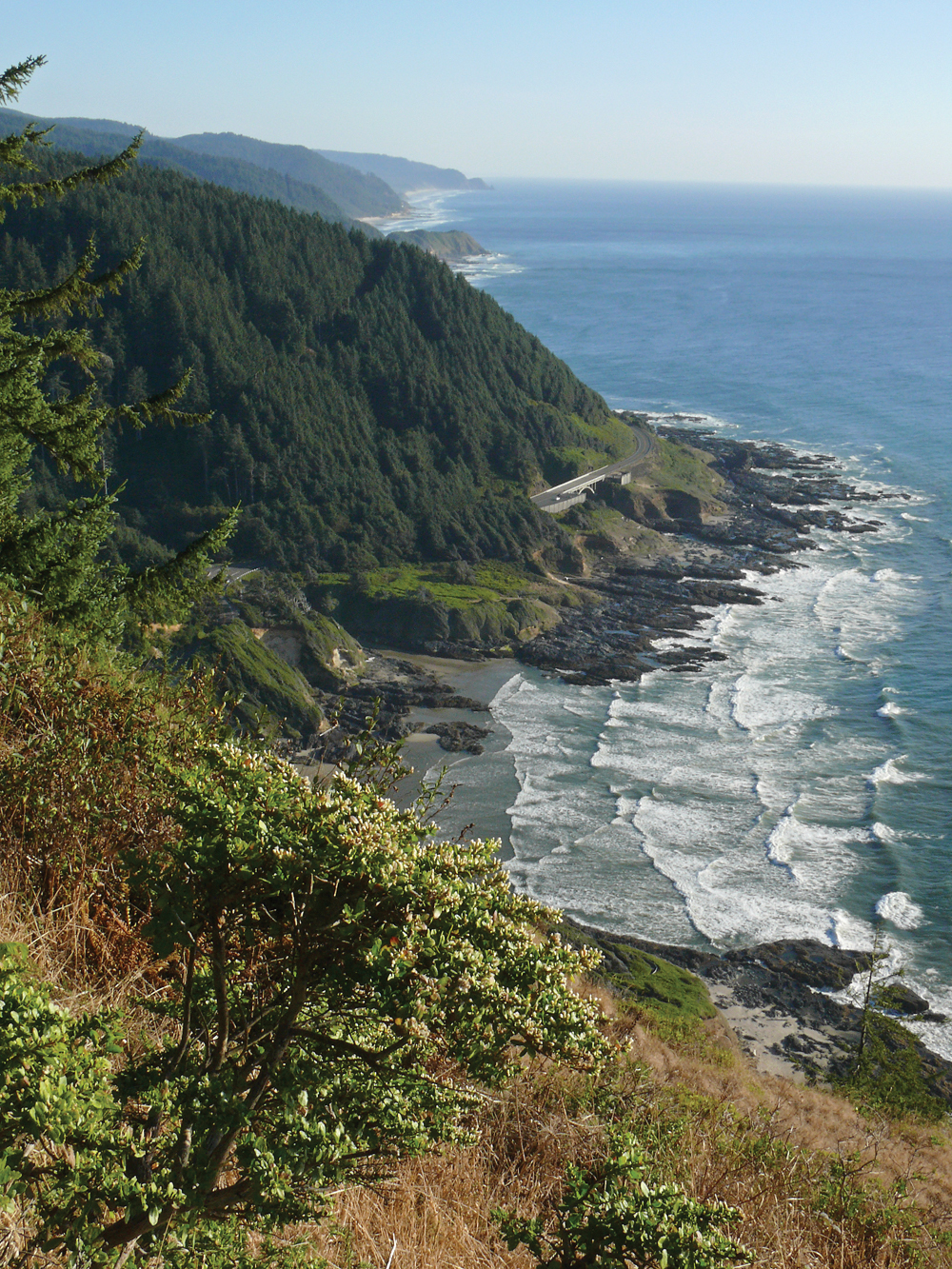
If science were the Pacific Ocean, Kylie Welch would be halfway to Japan by now. With the persistence of a long-distance swimmer, she has plunged through a double major in biochemistry and anthropology, worked in an oceanography lab and traveled abroad. Still amazed by new experiences, the Oregon State University senior sees herself as a connector between science and the public, between the machinery of biology and the richness of culture.
When she arrived as a first-generation undergraduate at Oregon State in 2011, she jumped in with both feet to pursue a degree in biochemistry and biophysics. Recalling the enthusiasm of her science teachers at Mountain View High School in Bend, the salutatorian was intrigued by the power of DNA, proteins and other molecules.
However, something was lacking. “I wanted a human connection,” she says. “I wanted to know what this science means for people across the globe, a person in the United States versus a person in Ethiopia, Romania or India.”
So, following her internal GPS, she decided to recalculate her route. She combined the study of molecular machinery with a dive into the humanities. “Biochemistry allows me to see the technical side, but then I could see how it actually affects people,” she says. “Cultural anthropology brings it all together. They’re two pieces of the same puzzle. Biology affects culture, and culture affects biology.”
As if that weren’t enough to propel the self-described science lover through her academic career, Welch joined the University Honors College. Small class sizes and research opportunities across the campus fit her desire to learn and to bridge the gap she perceived between science and the public. For her thesis, she began a littoral ocean project in Professor Miguel Goni’s lab in the College of Earth, Ocean, and Atmospheric Sciences.
Goni specializes in bridging another divide: how the land influences coastal waters. Think of the Columbia River as a pipeline for soil particles and nutrients from mountain slopes, farm fields and urban streets. Think of Oregon’s fabled estuaries — the Nehalem, the Tillamook, the Alsea, the Umpqua, the Coos — as food factories for all manner of sealife, from plankton to salmon to osprey. And as sustenance for humans.
Don’t Fence Me In
Welch was drawn by the idea of looking at these cultural hotspots through a chemical and biological lens. Goni, lab manager Yvan Alleau and post-doctoral researchers provided guidance. Welch analyzed water samples, often with friend and fellow student researcher Kaitlin Lebon, and created maps of carbon and nitrogen concentrations along the California Current,
from Southern California to Vancouver Island. She traveled to an ocean sciences conference in Honolulu to present a poster that she wrote and designed.
Just for good measure, she participated in two trips overseas, one to Romania with Habitat for Humanity and the other to Ethiopia through The Community Project: Ethiopia. “When I came to Oregon State, I never imagined I’d be doing all this,” Welch says. “One of the biggest surprises for me was learning that science often doesn’t go as you expect. But when things don’t work, you trace your steps and ask yourself, ‘What if we try this?’ Professor Goni has been so helpful.”
Welch hasn’t mapped her future with the same precision that she has applied to the ocean. “I can see myself working in a lab that focuses more on human biology than oceanography, but there are so many opportunities that I don’t want to close myself off to them,” she says. “If I had done that in the past, I wouldn’t have gotten to where I am today.”




